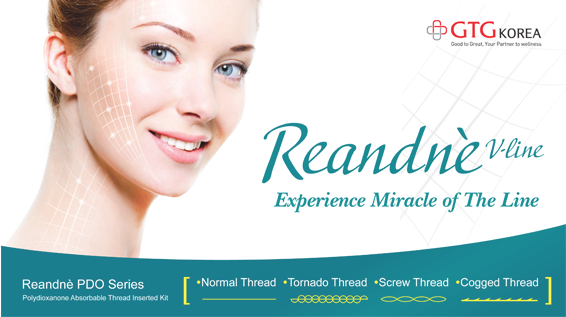The Hypertrophic Acne Scar
The treatment of protruding hypertrophic acne scar is similar to that of keloid. Traditionally, the hypertrophy is treated with intralesional steroids injection or liquid nitrogen cryotherapy. Other than the methods mentioned above, the IPL or pulsed dye laser also block the nutrient vessels of the protruding scar to prevent its recurrence. Recently, the so-called “3-combined cocktail therapy” (三合一雞尾酒療法) for hypertrophic scar is very popular in Taiwan.
The 3 modalities include intralesional steroids/liquid nitrogen, IPL/pulse dye laser, and botulinum toxin injection. The botulinum toxin is believed to reduce tensile force of the scar and inhibit fibroblast activities by various gene expression (MMP-1, PDGFA, S100A4, TGF-β1, VEGF, etc.) and apoptosis.
The Depressed Acne Scar
The depressed atrophic acne scar is usually subdivided into 3 subtypes: the icepick, boxcar, or rolling. Most of the patients have all 3 of these subtypes by various proportion and severity. Many new and trendy treatments are now available in Taiwan, but it is hard to tell which type of treatment modalities is the best way to improve the depressed scar.
Surgical technique: punch excision, punch grafting, or punch elevation is used to treat icepick or deep boxcar type scar. Subcision is another approach used to release the sub-dermal or subcutaneous fibrous bands or adhesion. However, these invasive surgical procedures are not as popular as energy based therapy and less and less performed here in recent years.
Fillers or Platelet-rich plasma (PRP): Fillers including hyaluronic acid, poly-L-lactic acid (PLLA) or even autologous fat can be injected into depressed acne scar to produce immediate bulging effect and stimulate further neocollagenesis in the dermis. Autologous platelet-rich plasma (PRP) combined with fine needle roller or fractional laser is gaining its popularity in recent 5 years. However, these procedures may not be the first choice for acne scar treatment because the results may not last as previously expected. Also, PRP is highly regulated by the Ministry of Health and Welfare in Taiwan. It is claimed that “although PRP therapy is currently used in cosmetic medicine or sports medicine in the literature, its effect is inconclusive. Therefore, medical institutions must not exaggerate the effect to solicit medical business.”
[Advertisement] Reandnè Thread Series – Manufacturer: GTG KOREA(www.gtgkorea.com)
Energy based therapy: These devices can be used to achieve traditional dermabrasion, ablative or non-ablative fractional laser treatment, or plasma skin rejuvenation. The traditional Er-YAG or CO2 laser dermabrasion is seldom performed recently due to long downtime and difficulties in wound care. Although once popular, the plasma skin rejuvenation (Phytec PSR) is similarly almost vanished in Taiwan esthetic market because the manufacturer company had already closed down during the 2008 financial crisis. The most popular energy based procedures now in Taiwan can be divided into 3 categories: ablative, non-ablative fractional laser, or combined:
1. Ablative fractional lasers: CO2 10,600nm (Lutronic eCO2, DEKA SmartXide), Er-YAG 2,940nm (Sciton ProFractional), Er-YSGG 2,790nm (Cutera Pearl fractional)
2. Non-ablative fractional lasers: Er-Glass fiber 1,550nm (Reliant Fraxel SR 750 or SR 1500, Sellas 3D), Er-Glass fiber 1,540nm (Starlux Lux 1540), Thulium Fiber 1,927nm and Diode 1,440nm (Perméa)
3. Combined ablative and non-ablative lasers: 1,470nm and ,2940nm hybrid laser (Sciton Halo)





















